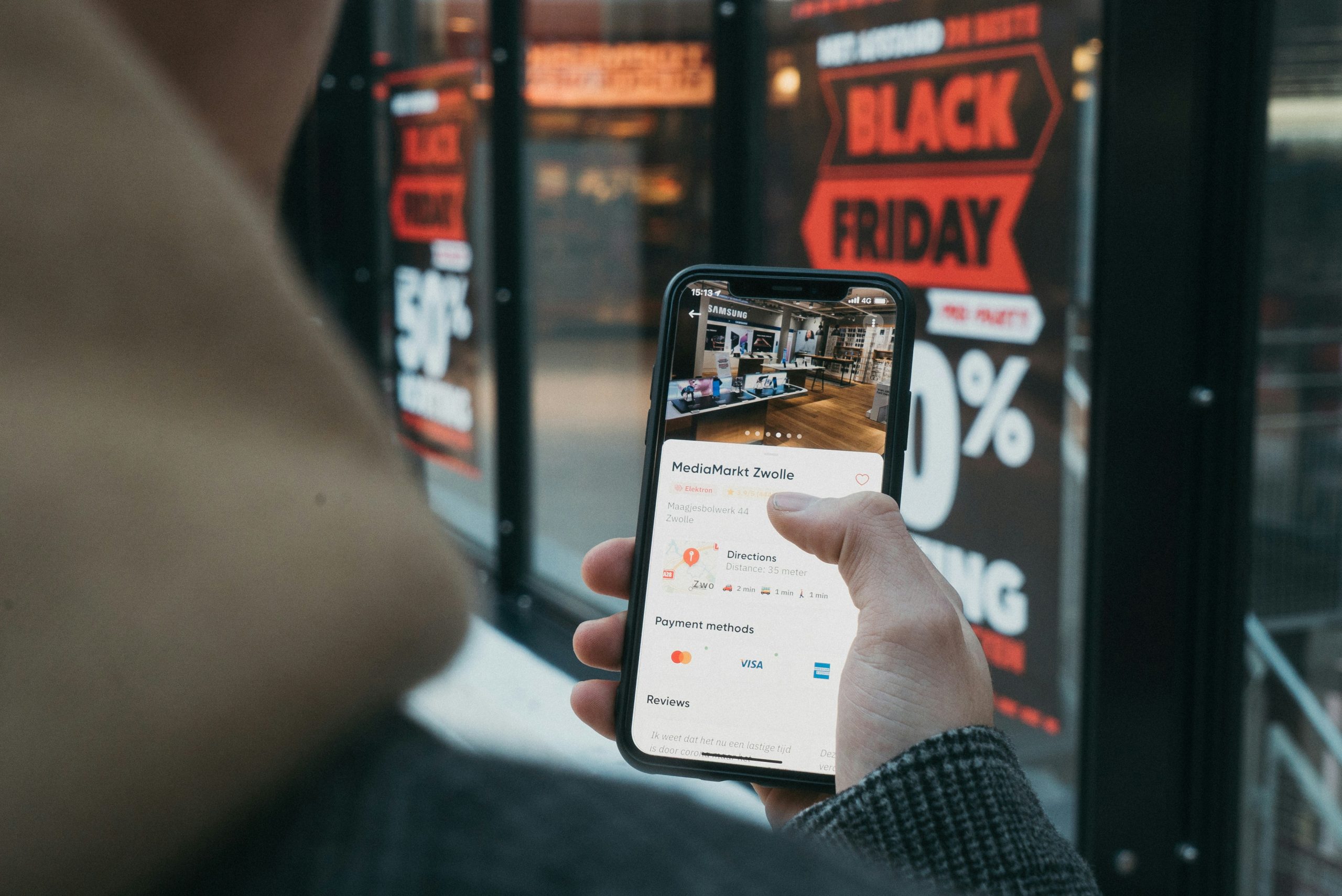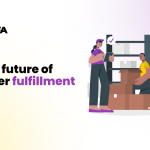Introduction: The quick commerce (Q-commerce) revolution is taking the Indian ecommerce landscape by storm. Today customers are increasingly demanding fast delivery and instant gratification.
So as a start-up or entrepreneur, it’s crucial to adapt to these changing customer expectations and embrace quick commerce to stay competitive. However, preparing your brand for quick commerce can seem daunting and expensive.
In this blog post, we’ll explore five cost-effective strategies to help you get your brand ready for quick commerce without breaking the bank.
Optimize Your Inventory Management for Quick Commerce
Efficient inventory management is the foundation of successful quick commerce operations. To avoid overstocking or stockouts, implement a lean inventory management system that accurately tracks your stock levels in real-time.
In addition to that, utilize inventory management software or cloud-based solutions that offer features like automated reordering, demand forecasting, and real-time updates.
By optimizing your inventory management, you can reduce costs associated with excess stock. Moreover, you need to ensure that you always have the right products available for fast delivery.
Streamline Your Order Processing
To meet the demands of quick commerce, it’s essential to streamline your order processing and fulfilment operations. You can automate your order management process by integrating your ecommerce platform with your inventory management system and shipping partners.
This integration allows for seamless data flow, reducing manual errors and delays. Additionally, you can implement barcode scanning and pick-and-pack systems to optimize your warehouse operations and speed up order fulfilment.
By streamlining your order processing, you can reduce labour costs and improve efficiency, enabling faster delivery times.
Partner with Reliable Logistics Providers
Partnering with logistics providers that specialize in quick commerce can help you leverage their expertise and infrastructure without incurring significant costs.
In order to do that, look for logistics partners that offer flexible and scalable solutions. Because these partners can help you expand your reach, reduce delivery times, and enhance the customer experience while keeping your logistics costs in check. It may include micro-fulfillment centers, real-time tracking, and last-mile delivery optimization.
When selecting a logistics partner, consider factors like their network coverage, technology capabilities, and pricing models to ensure they align with your quick commerce goals.
Leverage Data Analytics for Informed Decision-Making
Data analytics plays a vital role in optimizing your quick commerce operations and making informed business decisions. You should opt to implement analytics tools that provide insights into customer behaviour, sales trends, and operational efficiency.
Using this data can help you identify areas for improvement, forecast demand accurately, and optimize your inventory levels.
By leveraging data analytics, you can make data-driven decisions that reduce costs, improve performance, and enhance the customer experience. Many analytics solutions offer affordable pricing plans for start-ups and small businesses.
Quick-commerce: Customer Experience and Engagement is the Key
In the quick commerce era, delivering a stellar customer experience is paramount to building brand loyalty and driving repeat purchases:
- Engage with your customers through personalized communication, proactive updates on their orders, and seamless customer support.
- Implement customer feedback mechanisms to gather insights and continuously improve your quick commerce offerings.
- Utilize cost-effective marketing strategies like social media engagement, referral programs, and targeted email campaigns to build brand awareness and foster customer loyalty.
By prioritizing customer experience and engagement, you can differentiate your brand and thrive in the competitive quick commerce landscape.
Conclusion
Preparing your brand for quick commerce doesn’t have to be an expensive endeavour. By optimizing your inventory management, streamlining your order processing, partnering with reliable logistics providers, leveraging data analytics, and focusing on customer experience, you can effectively adapt to the quick commerce model without breaking the bank.
According to Statista, in 2022, the quick commerce market was estimated to have around 98 billion U.S. dollars in global revenues, increasing from the previous year’s estimated 83 billion dollars. By 2027, revenues in the quick commerce market are forecast to exceed 200 billion U.S. dollars worldwide.
So as an Indian startup or entrepreneur, embracing these cost-effective strategies will help you stay competitive, meet evolving customer expectations, and thrive in the fast-paced world of ecommerce.
To learn more about successfully navigating the quick commerce landscape, stay tuned for our next blog post.







